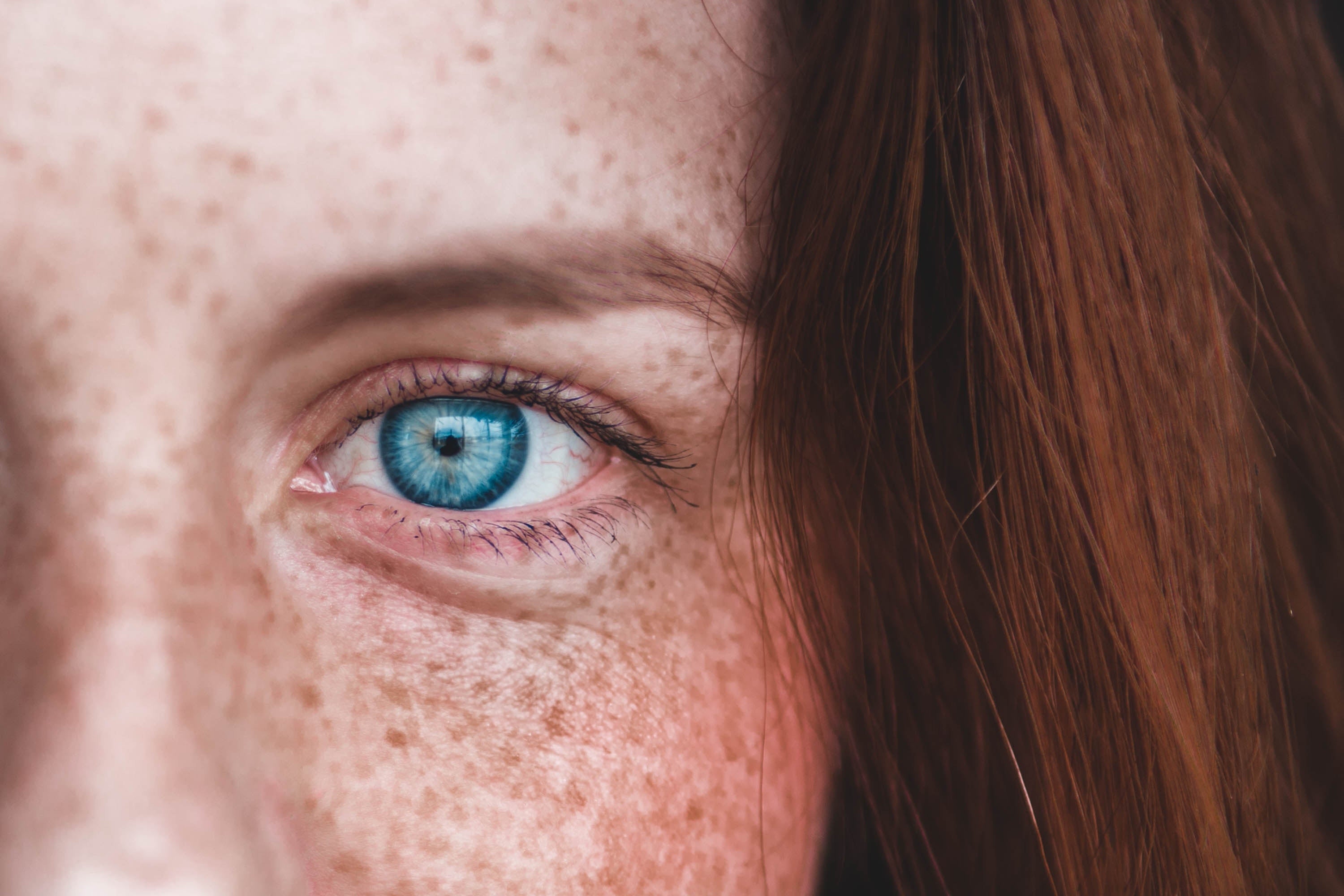
You may not have your mother's skin problems just yet—you aren’t dealing with the age spots on your hands, although you have noticed some discoloration here and there. You may not have your daughter's skin problems anymore—you don’t typically break out, but on occasion you’ve noticed a pimple and the dark spot it leaves behind. Right now, you’re in a different place altogether: you have generally good skin, but you want it to be great. You want smooth, clear, fresh-looking skin that takes years off your age, and you can’t figure out why it doesn’t look that way yet.
Don’t worry. Dr. Schultz has the answer (and the solution) for why your skin is looking older than it should. What causes your skin to appear older is discoloration from hyperpigmentation—in other words, brown spots. There are all sorts of brown spots and all sorts of reasons why you develop them. But the good news is, there are proven solutions to clear up this discoloration from hyperpigmentation to make you look ten years younger in no time.
First, we’ll break down the different types of brown spots, how to treat brown spots with skincare products, how to treat brown spots at the dermatologist’s office, and which kinds of discoloration are not due to hyperpigmentation and require other treatments altogether.
What Are Brown Spots?
Brown spots, or hyperpigmentation, are any discrete or blotchy brown discoloration on the skin and are most often caused by sustaining a skin injury. When the skin is injured, whether by the sun or from an acne breakout, it reacts by creating extra brown melanin pigment. For example, when you sit out in the sun without sunscreen for too long, you may get a tan regardless of whether you developed a sunburn—or you may even get sunspots after repeated sun exposure.
Types of Brown Spots
There are many different kinds of brown spots that can appear all over your body. Watch Dr. Schultz explain the different kinds of brown spots and where they can occur:
Brown Spots on Face
Even if you’re not suffering from active breakouts, you may still suffer from the results of acne. After a breakout has healed, you could still have leftover hyperpigmented marks on your face weeks or even months later. Since acne is an injury to the skin, hyperpigmentation often occurs as a result. This is why it is important not to pick at or pop active breakouts: doing so more likely results in hyperpigmentation. If you’re prone to acne breakouts, using an oil-free exfoliant in your nightly routine will help cut down on the excess oil causing the breakouts that in turn cause the brown spots. Not only will this help prevent the creation of future dark spots, but it will also help to lighten any hyperpigmentation marks already on the skin.
Brown Spots on Hands
You may have heard people talk about developing age spots, liver spots, and sun spots (especially on their hands) as they age. What’s the difference? There is none. As you age and have the opportunity to spend more time in the sun, you may develop age spots due to prolonged and repeated unprotected sun exposure, so describing these spots as both age spots and sun spots is accurate. These dark marks were dubbed liver spots from the misconception that they were a manifestation of liver disease. In reality, these spots have absolutely nothing to do with the condition of your liver.
Brown Spots on Legs
Another common injury to the skin that often results in hyperpigmentation is bug bites, such as mosquito bites. Like acne, even after these bites have cleared up, the dark spot can remain. Also similar to acne, it is important not to scratch the bite, which increases both the injury to the skin and the resulting localized hyperpigmentation. If you do have the urge to scratch, use a menthol-based product to relieve the itching and and thereby avoid the need to scratch.
Causes of Brown Spots on Skin
Brown Spots from Sun Exposure and Damage
Not all brown spots are small, round spots. For example, if you burn yourself, you may see a darker pigmented mark in the shape of your burn after your burn heals. If you do burn yourself, be sure to treat the burn with skim milk and water compresses, and an antibiotic ointment. If there is still a dark patch after it heals, use a bleaching product in combination with an exfoliant to lighten the dark discoloration.
When the skin is rubbed repeatedly, it often develops hyperpigmentation. This is particularly common under the arms and on the upper inner thighs where skin rubs against skin. In this instance, the cause of the discoloration is both injury to the skin from repeated mild rubbing and the obligatory thickening of the skin that occurs whenever skin is repeatedly rubbed. This thickening is much like a callus. Since the rubbed skin makes more brown pigment, and the thickened skin contains more layers of skin cells with brown pigment, you end up with double the hyperpigmentation. Treatment here requires a bleach to reduce melanin production and an exfoliant to remove the extra layers of melanin filled cells.
Brown Spots and Tanning
Even if you don’t get a burn from the sun, tanning is in fact a form of brown discoloration to the skin. And while you may think you’ll only tan if you’re laying out at the beach, discoloration from the sun can happen any time it’s light out. Dr. Schultz says, “If you can see your hand, you should be wearing sunscreen.” And while he never tells his patients to avoid the sun, he does tell them to stay protected by applying and reapplying sunscreen throughout the day.
Brown Spots from Aging
As you age, there are many kinds of brown spots you can develop. From brown spots left over from acne scars to sun damage to mounds of dead skin cells piling up on the surface of your skin, brown discoloration is one of the ways your skin looks older than it should. Using an exfoliant, a sunscreen, and an antioxidant is the best way to reduce the aging effects of brown spots as you get older.
Developing Brown Spots from Genetics
Freckles. Although they’re not technically brown spots, freckles tend to range in color from tan to brown and generally appear during childhood in very fair-skinned people. They are similar to the brown spots we’ve discussed thus far, except that while it’s not dangerous to try to lighten them, it’s very frustrating because the next bout of sun exposure predictably causes them to return to their original tan or brown color. Furthermore, they can only be slightly and temporarily lightened by at-home products. The telltale way to differentiate between freckles and the types of brown spots that are treatable at home is that freckles darken from seasonal sun exposure and lighten a bit in winter.
Hormonally induced brown spots. Hormonal induced hyperpigmentation is another cause of dark discolorations on the skin. Many women who either recently started birth control pills or are pregnant will experience melasma. This condition, also known as chloasma, creates a blotchy pattern of hyperpigmentation that causes patches of brown discoloration on the forehead, the cheeks, and often above the top lip. Since the pattern almost looks like a mask, it is often referred to as the “mask of pregnancy." Since the pigment-forming cells (melanocytes) in melasma are very sensitive to the injury induced by UV (ultraviolet) light from the sun, it is critically important that you are diligent with your sun protection. But it’s important when dealing with melasma to get the right kind of sunscreen for your skin. Traditional sunscreens protect the skin by absorbing the UV light and converting the damaging UV energy into heat. This heat can activate the ultrasensitive pigment cells, resulting in the production of more brown melanin pigment and causing further discoloration. So instead, use a sunscreen with chem-free technology as these sorts of sunscreens reflect the sun’s rays rather than absorbing them.
How to Get Rid of Brown Spots
Three things need to happen when treating your brown discoloration: you have to tell your body to stop producing the excess brown pigment, you have to remove the excess brown pigment that is already on and in your skin, and you have to protect your skin from any additional damage that can cause hyperpigmentation. But with an easy system of effective products, you can absolutely treat brown discolorations. To treat most types of hyperpigmentation, there are three to four products that should be used together: a sunscreen with an SPF of at least 15-30, an exfoliant, and a skin lightener, also called a bleach or antioxidant. Used in conjunction, these three products should effectively lighten your brown spots in only a few months or less.
Protecting Your Skin Against Further Damage
Perhaps the most important step when treating brown discoloration is protecting your skin from additional hyperpigmentation. The sun’s UV rays can both darken the spots you already have and cause new ones faster than you can treat them. So if you don’t protect against new hyperpigmentation, getting rid of your current brown spots is destined to be a losing battle. Sunscreen provides an array of health benefits—and on top of that, using diligent sun protection all year long is critically important to ward off hyperpigmentation.
Best Treatments for Brown Spots
To get rid of those lingering brown spots, use an exfoliant to help lighten the pigment you already have. Exfoliating pads can gently and invisibly remove the top dead layers of skin, which contain most of the excess brown pigment that causes discoloration. While exfoliating these layers will remove much of the trapped excess pigment and therefore lighten the spots, there is one additional product that you need to use for the best results: a bleach.
Lighten Your Brown Spots
Using a skin lightener or bleach will signal the skin to stop producing excess pigment and “turn off” the overactive pigment-forming cells. So at the same time that the exfoliant rids your skin of the dark pigment you already have, the skin lightener ensures that you won’t produce more. One of the most common ingredients used in these types of products is hydroquinone. While this ingredient is safe in small doses, if applied beyond just the affected areas, it can lighten the non-discolored skin, giving the area around your dark spots an unnaturally light-looking “halo” effect. This is particularly apparent in people who have darker skin tones. Instead, look for products that feature “smart peptides,” which lighten only darkened areas even if applied outside of those areas.
Other Ingredients to Use to Treat Hyperpigmentation
In addition to skin lighteners such as hydroquinone and “smart” peptides, there are many natural ingredients that help lighten these spots. Kojic acid, which is derived from a special fungus, works very effectively when combined with your exfoliating treatment to lighten brown spots. Licorice extract from the glycyrrhiza glabra plant is also an ingredient to look for when scanning the ingredient lists of products. Additionally, vitamin C works double duty, not only protecting your skin from dangerous free-radical energy that causes discoloration, but also by helping to heal those already formed dark spots.
Treating Brown Spots at The Dermatologist
The good news is that effective at-home treatments for brown spots will meaningfully fade their appearance or even eliminate them. Pursuing an at-home course of treatment is also less expensive than visiting the dermatologist. The even better news is that in-office treatments can be almost instantaneous and can eliminate those brown spots that can't be eliminated at home. So if you need instant results, it's time to make a trip to the dermatologist.
Laser Treatments for Dark Spots
There are many different laser treatments that can eradicate brown spots. These laser treatments leave a purplish, “black and blue” discoloration for 7-14 days, but they usually remove the brown spots with the first treatment. With laser treatments, there is no needle, cutting, or pain necessary to remove your spots. While these treatments don’t prevent you from developing new brown spots, they do quickly treat and remove the ones you already have. If you’re concerned about the visual downtime of having purple discoloration, you can opt to use a non-laser medical device called IPL, Intense Pulse Light. While this device does not cause purple discoloration, it can take up to 3-4 treatments to fully treat your brown spots.
Chemical Peels for Dark Spots
Another benefit of seeing your dermatologist for dark spot removal is that they can perform “no downtime” chemical peels that will be stronger than your at-home products. Since dermatologists use high-strength acids, such as 40% glycolic acid, the peels can remove brown spots more quickly than at-home products, which contain a lower percentage of acid. Since there are many different types of acids as well as strengths of acid, speak to your dermatologist about what is best for your specific concerns. These treatments usually involve no visual “downtime.” You can also visit our Peel Bar locations for a professional peel without the wait or cost of a doctor's visit.
Often Confused for Brown Spots
There are some types of brown spots and other discolorations, such as reds, that are often confused for the types of brown spots already discussed in this guide. They require different forms of treatment.
Red Spots & Red Discoloration
People often confuse very dark red spots (that look almost brown) with hyperpigmentation. Red discoloration is caused by vascular issues involving enlarged blood vessels with excess blood, not excess pigment, and cannot be effectively treated with topical products. Instead, they can only be treated by a dermatologist. Make sure that any areas you believe to be hyperpigmentation are indeed brown and not just a dark red, as only true hyperpigmentation can be treated by topical products at home.
Distinguishing Brown Spots from Red Spots
There’s a very easy way to help distinguish brown spots from red spots: when you press on a brown spot for two seconds with your fingertip, the brown doesn’t change color. However, when you press upon a red discoloration you literally push the blood out of the vessels and the spot lightens for a few seconds before returning to its original color. There is, however, one more nuance to this technique: a spot can be both brown and red at the same time. So if pressing upon it makes it lighten, but the brown remains, you can still reduce the brown component as discussed in this guide.
Treating Red Discoloration
There are no at-home products that will effectively treat red spots and discolorations. If you do suffer from red spots, speak to your dermatologist about Laser and IPL treatment options for painless permanent removal of your red discolorations. In the meantime, the most effective way to cover red spots and discoloration is with green-tinted makeup.
Moles
When your pigment-producing cells known as melanocytes aggregate into a cluster, as opposed to being normally distributed throughout your skin, they develop into a mole. They can be either raised or flat, and tend to be more than one shade of tan or brown—and unlike other types of brown spots, they can appear anywhere on your body, even in those areas that aren’t exposed to the sun. Moles change gradually over time and can develop irregular borders. Moles cannot be treated by the methods in this guide, and you should never attempt to change the color of a mole. Instead, they should be checked annually by your dermatologist.
If discoloration due to hyperpigmentation has been making you look older, the information and products suggested in this guide can go a long way in bringing your freshest, clearest, youngest-looking skin to the surface. And if you have any more questions about brown spots, don’t forget you can always Ask Dr. Schultz!
Your At-Home Regimen
If you’ve ready to reduce the appearance of brown spots, start with our Progressive Peel Kit, which contains both an exfoliant for removing brown pigment and an antioxidant to brighten and lighten your skin. And of course, you should always be using sunscreen, otherwise those brown spots will keep coming back.
 BRX REWARDS
BRX REWARDS


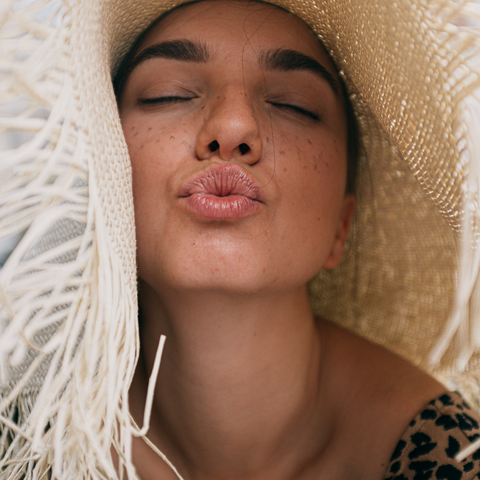
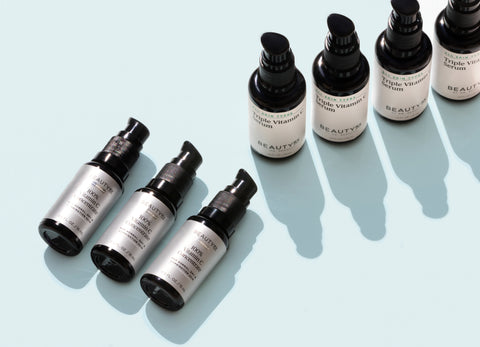
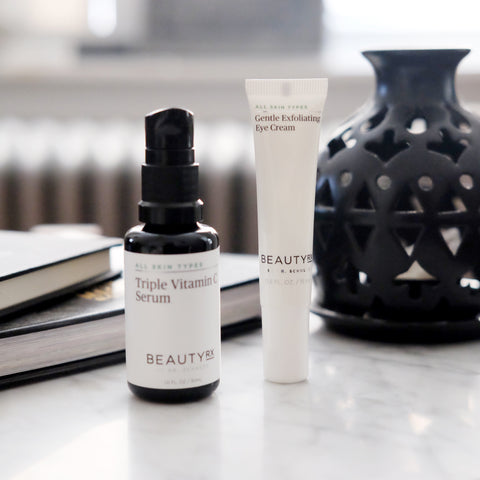

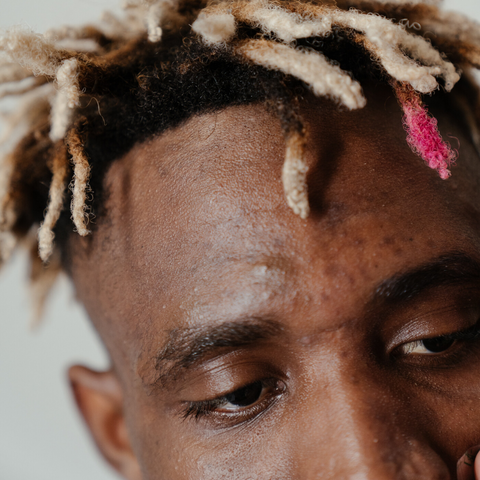
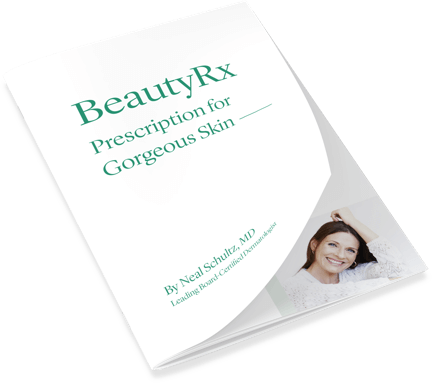
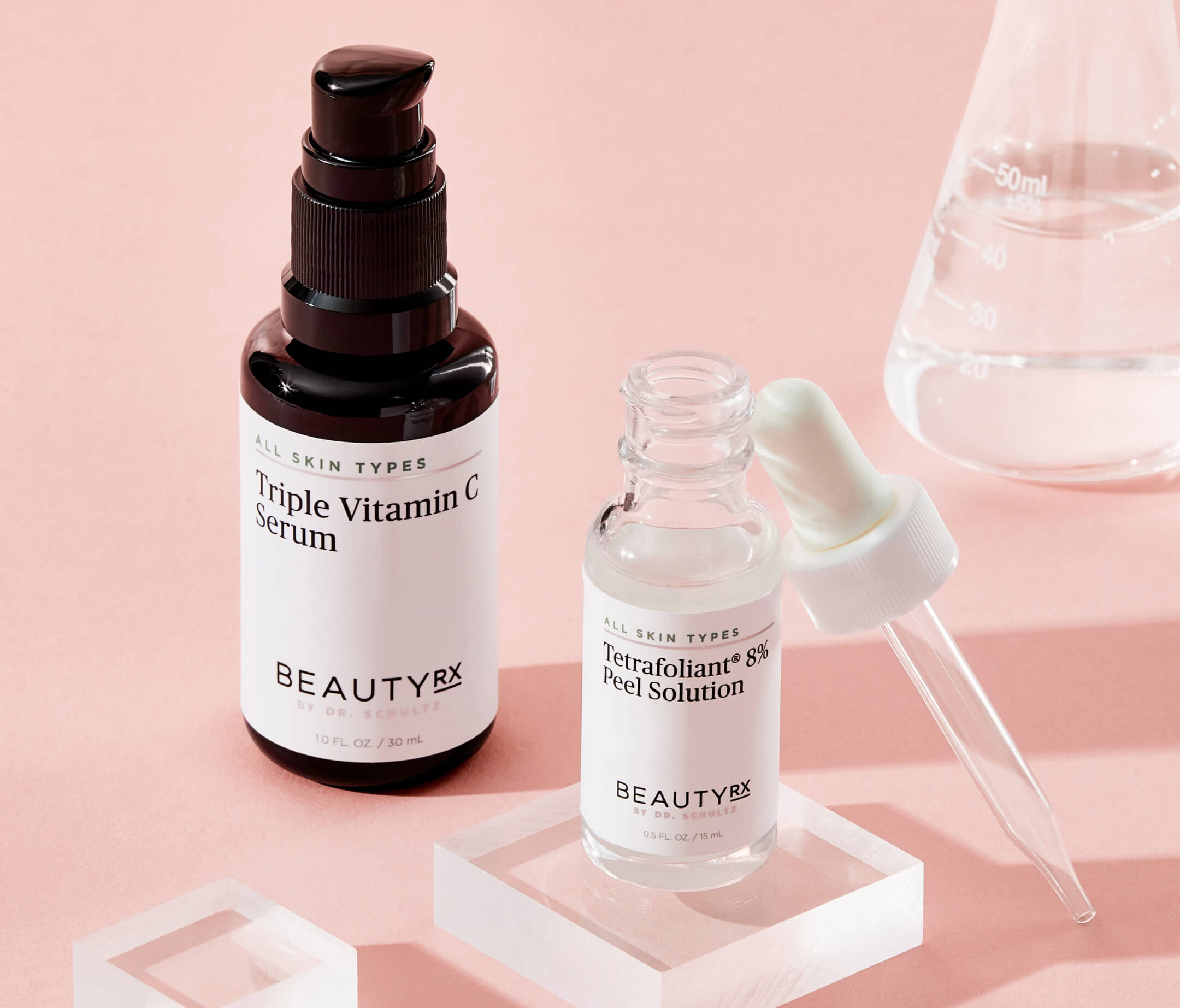
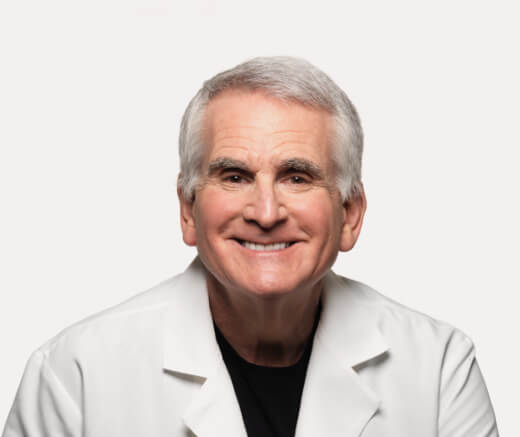
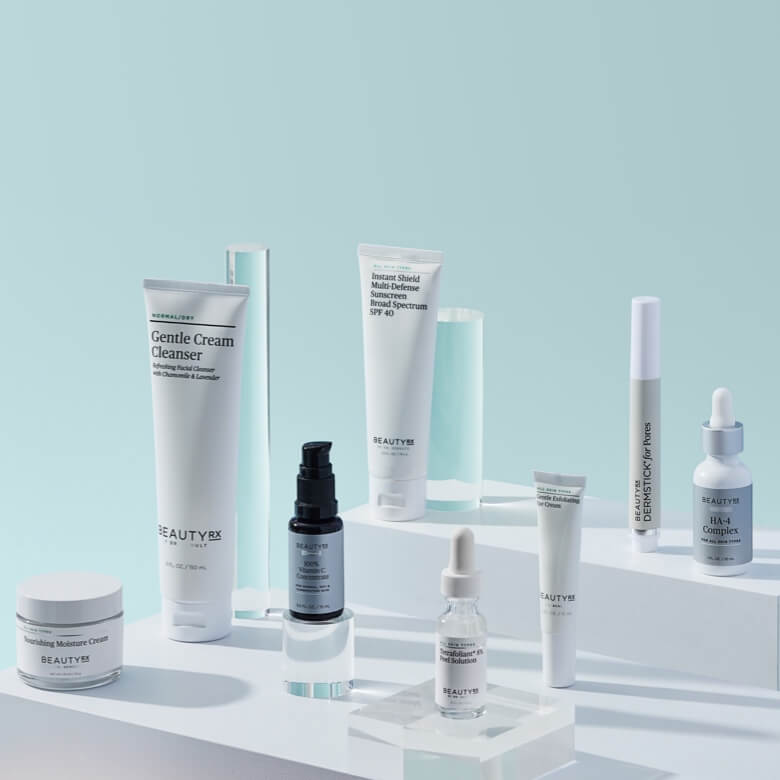
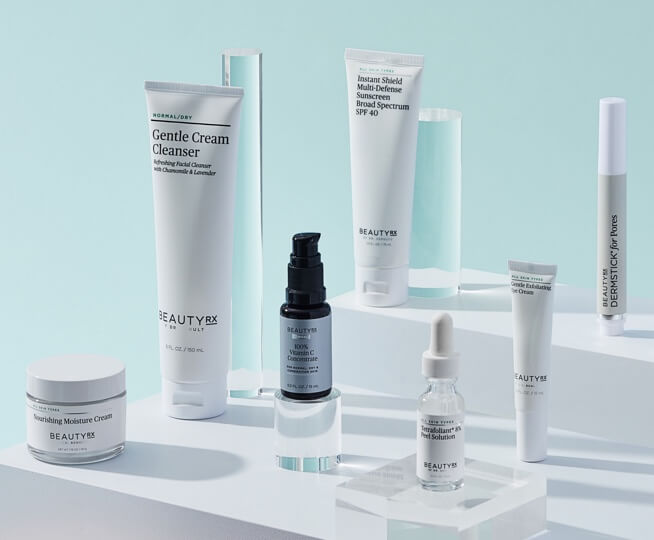
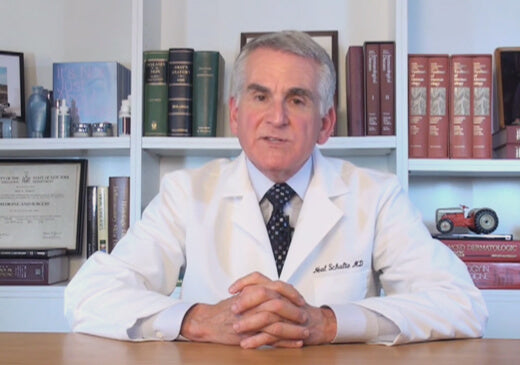
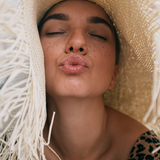
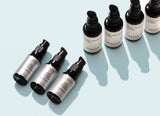
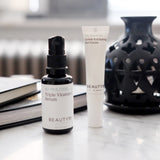

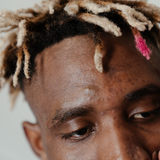


Leave a Comment